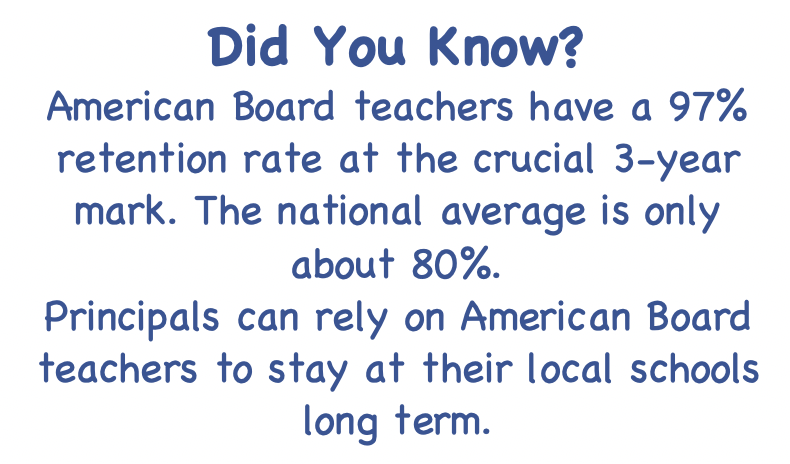The Truth about the Teacher Shortage (Part 1)

Is there really a teacher shortage?
Yes, the teacher shortage is definitely real. In one way or another, it is affecting all states and subject areas. The shortage used to be specific to rural schools, but we’re now learning it affects urban schools too, particularly in low-income areas. And worst of all, it puts students at a disadvantage.
The main piece of evidence that the teacher shortage is real is the number of full time teacher position vacancies each school year; schools across the country are seeing this number rise.
A second number, which indicates the shortage won’t go away any time soon, is the number of college-age students pursuing a teaching degree. This number is on the decline, meaning fewer and fewer are entering the teaching profession.
While education and political pundits discuss the root causes of these issues to no end, one thing is clear. Schools need access to more teachers!
If you’re hungry for a data deep dive, you can read more here.
What are schools doing about this?
Although local schools are not responsible for causing the teacher shortage, they bear the brunt of it. When rising college tuition prices, low teacher pay, and cumbersome state policies merge to create the perfect storm, it is local schools that are left trying to put qualified teachers in every classroom. As you can imagine, this requires a bit gymnastics.
- Schools increase class sizes in an effort to make sure all classrooms are lead by certified teachers. This can be detrimental because smaller class sizes ensure students have more opportunities for one-on-one support if needed.
- Some schools turn to having teachers lead classes outside of their certification area. Obviously, students need teachers who are content experts, teaching in their certification area.
- Even worse, some schools have to use long-term substitute teachers in place of certified and licensed teachers. This is a bandaid-like solution because, again, students need access to teachers who have demonstrated proficiency in subject area and pedagogy (the science of teaching).
- Lastly, schools spend a substantial amount of time and resources trying to fill teaching positions. Of course, these resources could be allocated to fill other needs if hiring needs had already been met. Some schools have turned to hiring remote teachers from overseas to meet their needs.

What can be done to help?
First and foremost, schools don’t simply need warm bodies to fill classrooms. Instead, they need well-qualified and fully-certified teachers. Career changers who are looking for a work schedule that more closely mirrors the schooling schedule of their children, stay at home parents looking to reenter the workforce, and military veterans returning home should all consider a career in teaching.
The good news is that, each year, thousands of locals decide to become teachers. With alternative certification programs growing across the nation, these locals people are able to earn certification without additional university courses or debt. You can learn about alternative teacher certification here: www.americanboard.org.
This blog post is part of a three-post series on the teacher shortage. Click here for part two, and click here for part three. American Board’s Blog will continue to cover hot issues in education. Check in again for updates.





